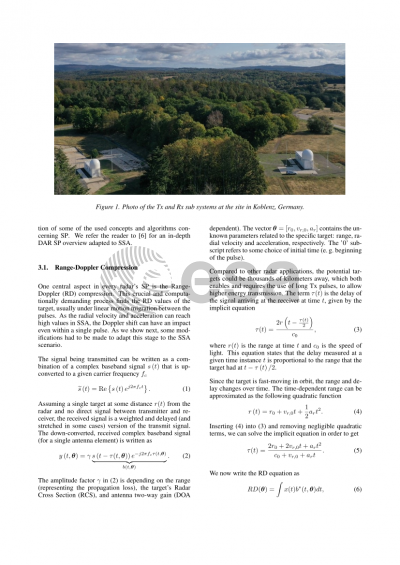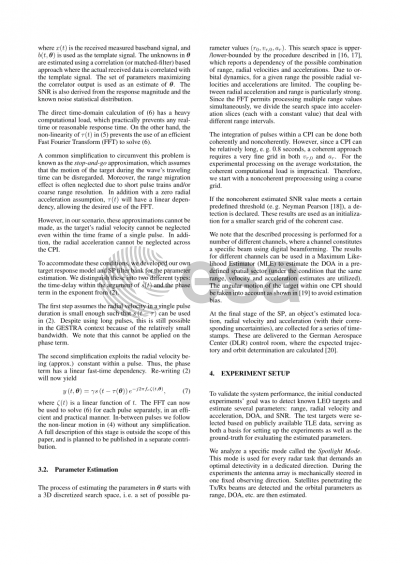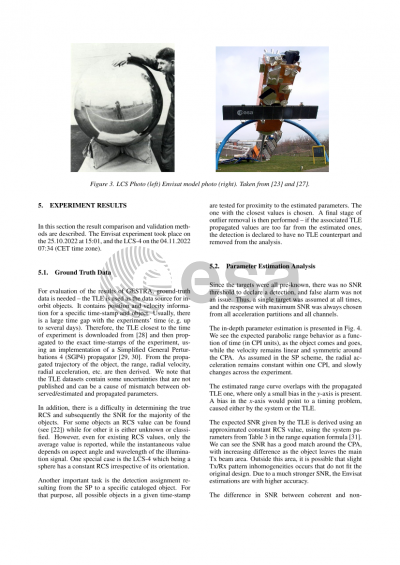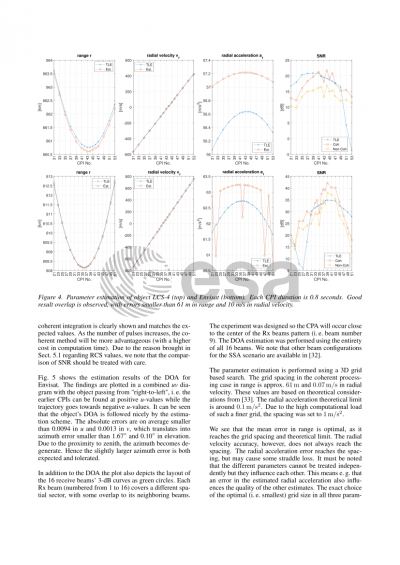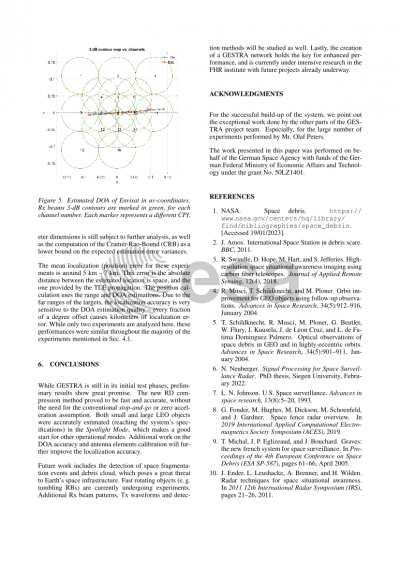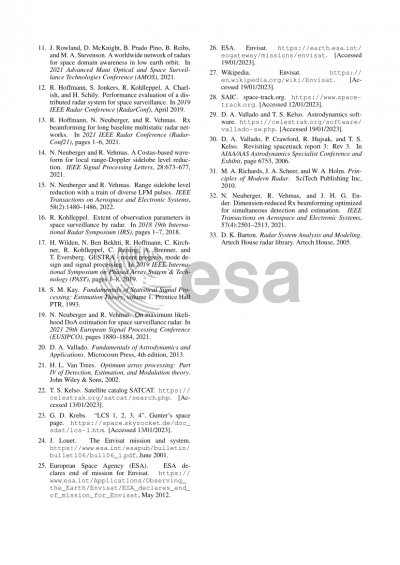Document details
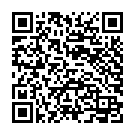
Abstract
Radar systems play an important role in the Space Situational Awareness (SSA) scenario, where detection and orbit estimation of space debris is one of its fundamental aspects. A sensitive detection of stray LEO objects, and accurate estimation of their location, velocity and trajectory are crucial to increase near-earth safety. When the trajectory poses a threat, a warning is made to increase the collision avoidance probability.
Accurate collision forecasting and warning is yet another step in protecting billions of dollars’ worth space infrastructure, enabling seamless operation of GPS, internet, weather forecasting satellites and much more. It also provides the monitoring of life-threatening scenarios for the ISS staff. For example, based on these predictions, in each year the ISS performs around four evasive manoeuvres, including entering escape capsules, to prepare for a potential hazardous collision.
Some of the unique abilities of a radar system over the traditional optical system are: independence of weather conditions, detection of short and long targets ranges, measuring the Doppler shift which allows for a radial velocity estimation, and the ability to add more radar stations to form a synchronized network for enhanced performance. A digital-array radar (DAR) has some advantages over a single dish antenna. The first is fast switching of the transmitter look direction through digital steering, which allows surveillance of large areas. The second is the ability to construct various receive beams for optimal tracking and coverage.
Since 2014, the Fraunhofer Institute for High Frequency Physics and Radar (FHR) has been developing and building a DAR system for SSA, called the German Experimental Space Surveillance and Tracking Radar (GESTRA). This semi-portable pulsed DAR at L-band is designed for the surveillance of space debris, orbiting at altitudes between 300 and 3,000 kilometres. It comprises of two large circular antenna arrays, digital beamforming, dual Rx polarization (to mitigate atmospheric effects), 3D mechanical positioners, separated autonomous transmit and receive array sub-systems, which enables both quasi-monostatic and bistatic modes of operation. GESTRA can operate in various modes to allow different coverage volumes by adjusting the space fence size and system parameters (e.g. waveform, CPI, etc.).
SSA poses many challenges for a DAR system, requiring the detection of extremely far and small targets moving at incredible velocities and high accelerations. Therefore, the signal processing stage in GESTRA includes some novel methods to allow high detection sensitivity and accuracy, while reducing target masking in a large span of ranges and coverage areas.
In this contribution, we present initial results of GESTRA experiments: the detection and parameters estimation of known space objects, in a monostatic configuration. The successful detections and accurate localization is verified by the comparison with propagated TLE data. A complete description of the experiments along with detailed results is given. Lastly, we present a future outlook of the fully operational stage planned by the end of 2023.
Preview


